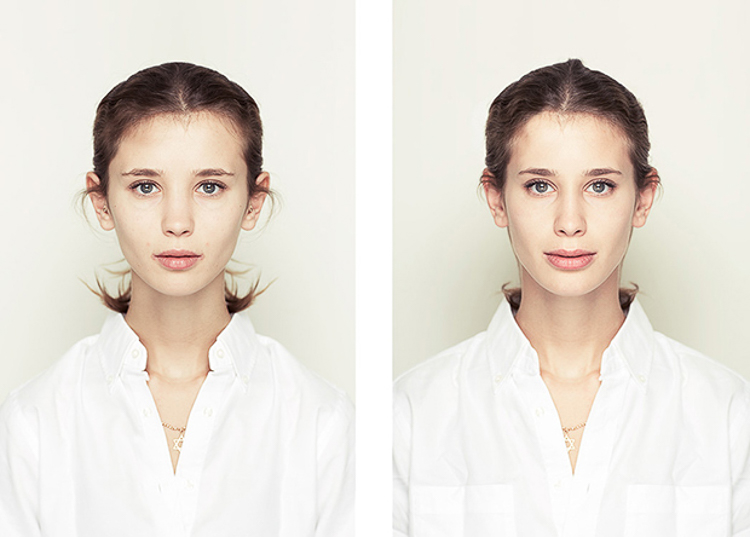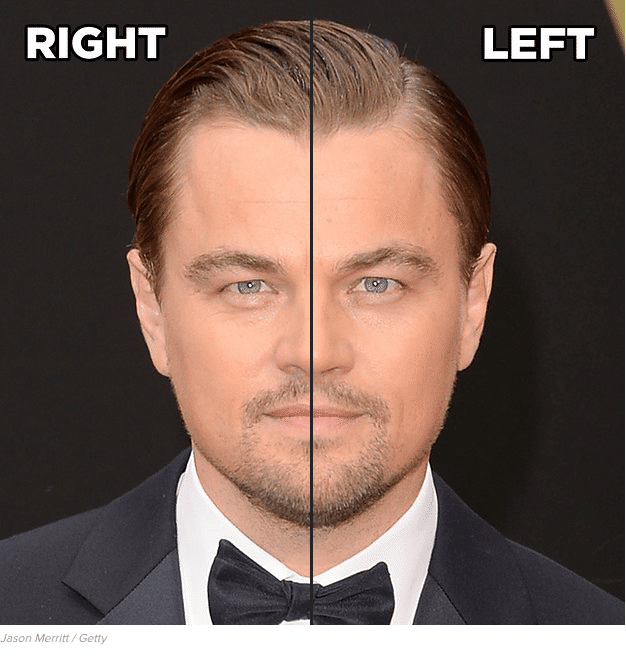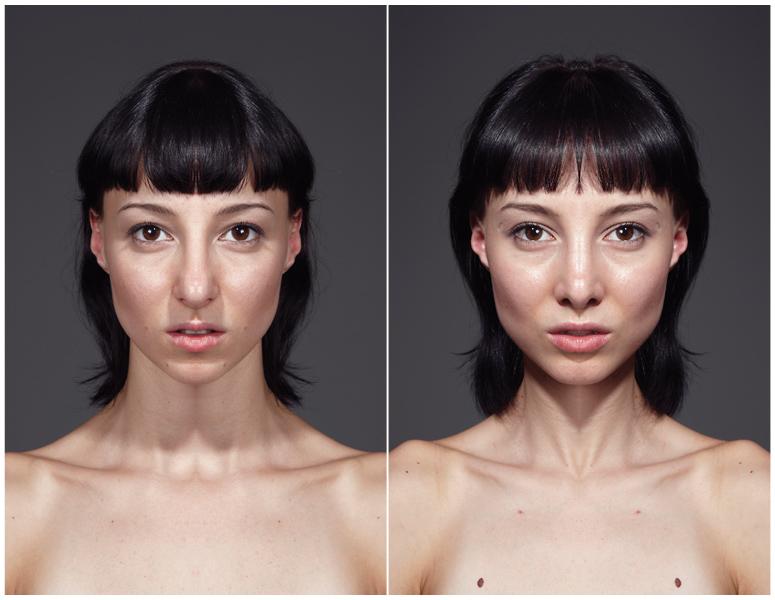Unique Info About Which Is More Attractive Asymmetrical Or Symmetrical Best Hairstyles For American Girl Dolls
![Fixing Facial Asymmetry [Must Read Guide]](https://voolas.com/wp-content/uploads/2015/08/c8cfcb785a2827fe34f0d469a4f98275.jpg)
Research has shown that both men and women prefer faces that are symmetrical as it is seen as beautiful and attractive.
Which is more attractive asymmetrical or symmetrical. Evolutionary psychologists claim that our preference for symmetry can be explained in. Asymmetry of the face means that the right and left sides of the face. The observed positive relationship between asymmetry and facial attractiveness may be because certain facial features (including those contributing to.
Across many clever experimental designs, researchers have confirmed that we rate faces that are more symmetrical as more attractive than those with less. For example, symmetrical faces are typically considered more. A systematic review of the literature shows that facial symmetry is one of the most influential visual markers of attractiveness and health, important for mate.
However, the attraction is not only romantic. Symmetry of the face is one of the most important features for the perception of attractiveness. Many studies have reported that symmetrical faces are judged more attractive than relatively asymmetrical faces.
People often think that one side of their profile is more attractive than the other, so imagine if our faces could be perfectly symmetrical with two good sides. Humans find symmetrical faces more attractive than are asymmetrical faces. In terms of human perception, symmetry is often associated with beauty and attractiveness.
By changing your lifestyle in minor ways, and targeting asymmetrical features of your face with specific facial exercises, you can wake up looking and feeling. Which face is more attractive: As the attractiveness of facial symmetry appears to be.
Research shows that people with more symmetrical faces don’t just look nice. Humans and certain other species find symmetrical patterns more attractive than asymmetrical ones.
Everyone’s perception of attraction is different — it all depends on your personal preferences and.





![Fixing Facial Asymmetry [Must Read Guide]](https://images.youthlab.com.au/live/wp-content/uploads/2022/08/441A5348-FE9F-490A-ABF1-60DF542B34F8-1200x1200.jpg)

















